
A wise man I once knew, after researching a controversial subject for many years, wrote something to this effect in the preface to his book (my paraphrase):
“What has taken me many years to research and therefore slowly rethink and incrementally change my mind, I am revealing to you, the reader, in what is comparatively only a moment of time (a few minutes reading). What you read here may shock you, not simply because I will contradict what are usually considered to be long-standing unassailable assertions, but because I may appear to do so rather cavalierly. This matter-of-factness however, is not dismissiveness, but rather the by-product of long years of reviewing both old and new information and continually being amazed by the mounting evidence and new discoveries that lead to and reinforce new conclusions. Therefore, I ask the reader’s patient indulgence for both our sakes—to not rashly judge either my thesis or your own reactions when your cherished traditions are challenged. Please carefully and patiently consider the evidence.”
I would ask the same.
God Save the King is an on-going 30-plus year biblical, historical, and scientific research, teaching, and apologetics project devoted to (re)telling the nativity story as it really would have happened as opposed to the “traditional” nativity story which is Christian mythology. As such, God Save the King is rooted and grounded in several foundational premises that I have developed over these years of study. Each of these premises addresses a fundamental misconception promoted by the traditional nativity story.
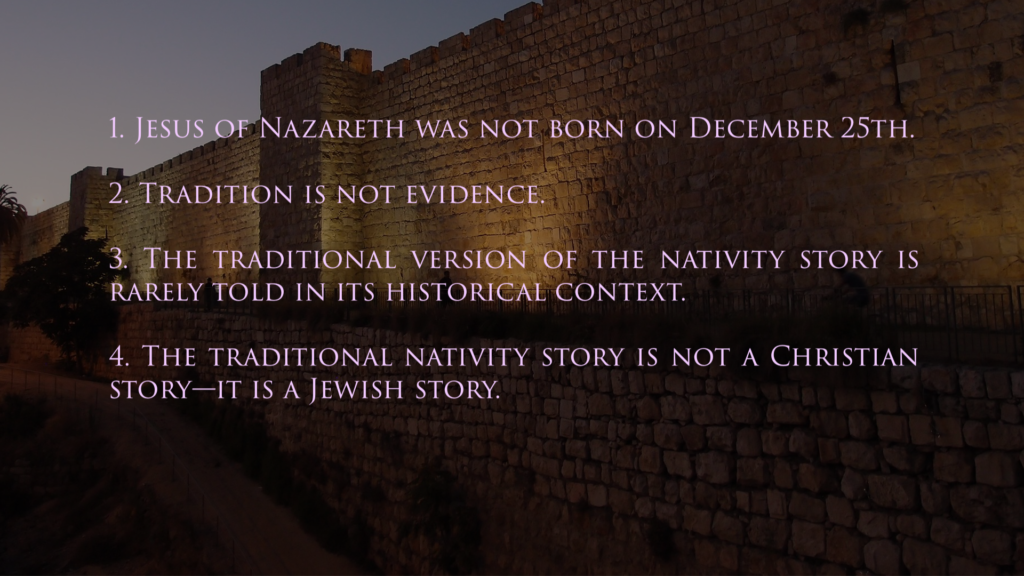
First. Jesus of Nazareth was not born on December 25th.
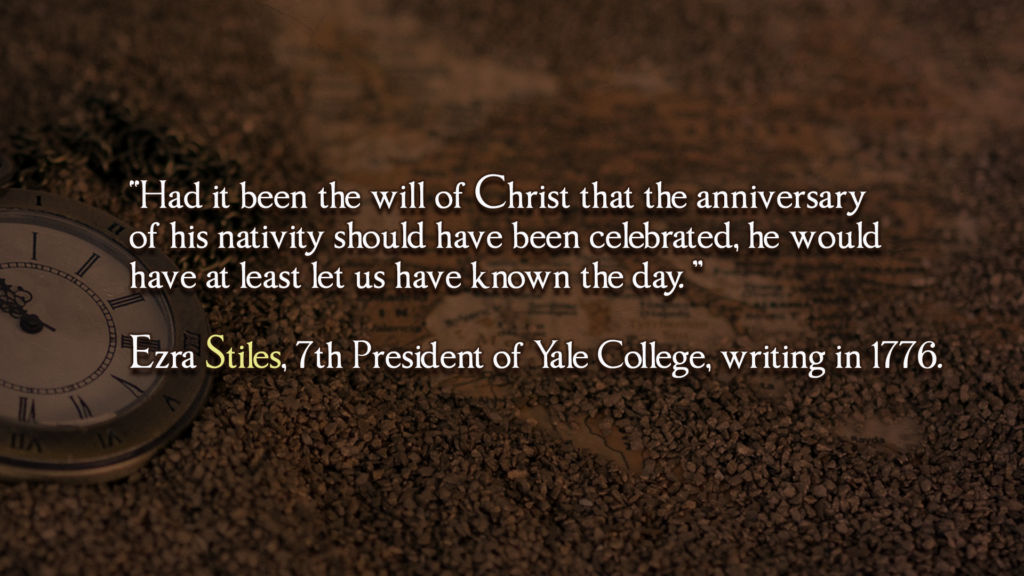
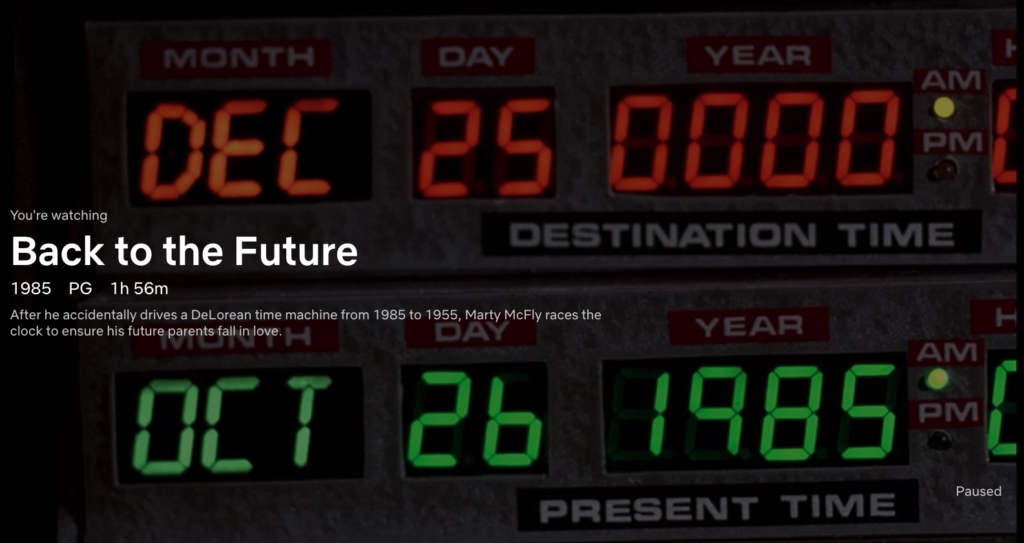
The single most significant misconception promoted by the traditional nativity story is that Jesus of Nazareth was born on December 25 despite the fact that no explicit or even implicit birthdate is given in scripture.1 The traditional December 25 birthdate lacks positive evidence biblically, historically, and scientifically.2 The earliest historical references to a December birthdate occurred too long after the event and eye witness testimony, are too few in number, and are of too questionable textual integrity to reliably establish December 25 as the correct date. This incorrect birthdate, combined with hundreds of years of unsubstantiated tradition, has resulted in an almost universally accepted story that is ironically and tragically almost completely devoid of biblical accuracy.
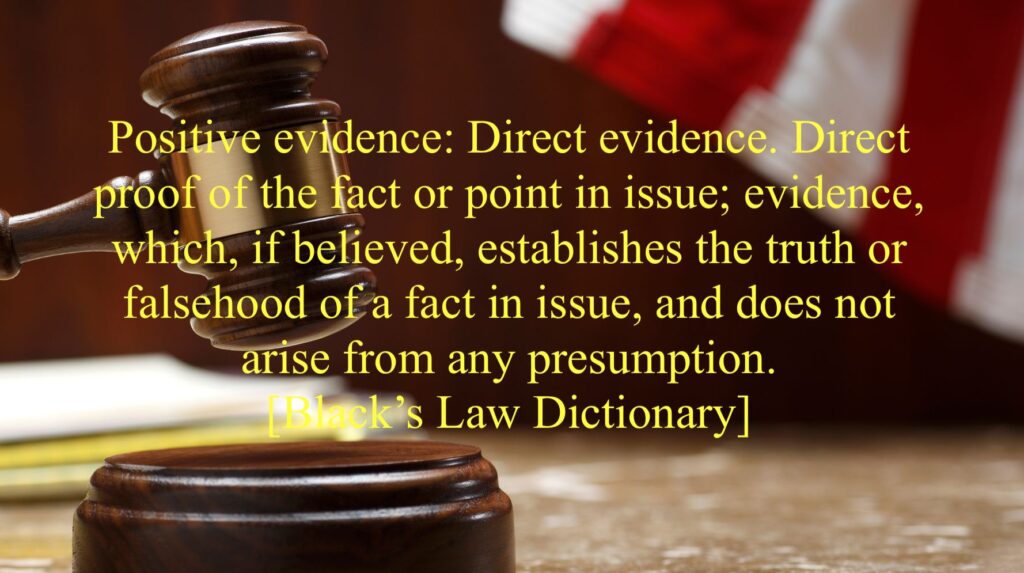
Many of us who were exposed to the theory that Jesus was not born on December 25 decades ago, at least initially appeared to make the same somewhat understandable mistake in our subsequent hypotheses—that although the birthdate may have changed, the rest of the story remained the same. We were wrong. This one misconception alone, when corrected, bears the consequence of exposing additional misconceptions, which when corrected expose additional misconceptions, and so on, thereby creating a continual domino effect that quickly renders the traditional nativity story untenable. If the theory that Jesus was born on December 25 was presented as a motion in a court of law, where the judge was not already influenced by hundreds of years of prejudicial tradition, it is highly probable that the motion would be thrown out for failure to make a prima facie case.3 Although the exact date of his birth may never be ‘provable’ in a strictly scientific sense, the rules of evidence for historical research bear much closer resemblance to the court room than the laboratory (hence the legal parlance). Far more reasonable candidate birthdates than December 25 are discernable from scripture, history, and astronomy—one of which, in my opinion, meets the burden of proof we all recognize from television and movies—that is, “beyond a reasonable doubt”. Once the date of Jesus’ birth is corrected, and the story placed back in its proper biblical context, the true nativity story looks very different than the traditional nativity story.
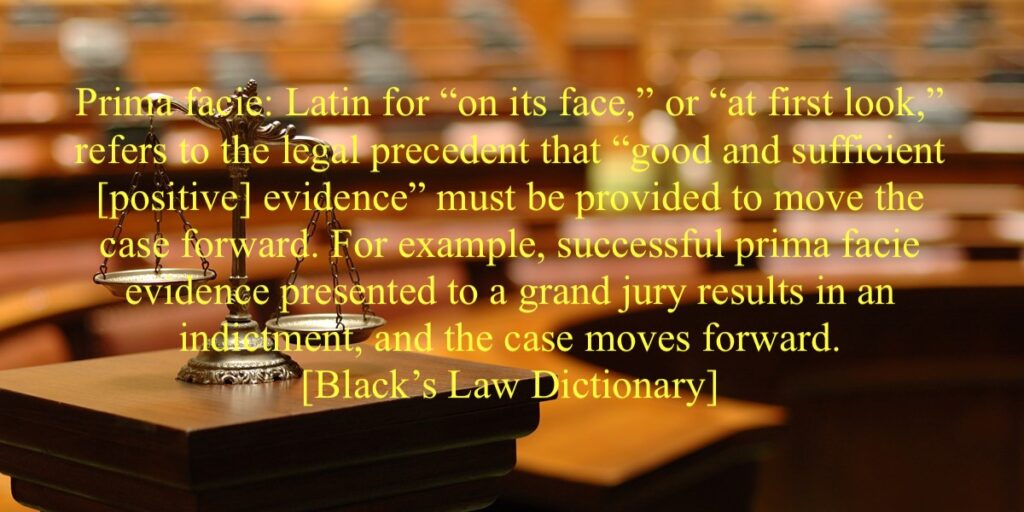
Second. Tradition is not evidence.

The second most significant misconception promoted by the traditional nativity story is taking for granted that it is biblically accurate. The truth of the matter however, is that the traditional nativity story is rife with biblical, as well as historical, and astronomical errors. The traditional nativity story does not stand up to biblical scrutiny, largely due to be being extensively based on demonstrably false extra-biblical sources and traditions. This is a critical issue for at least two significant reasons. 1) The real nativity story bears only the vaguest resemblance to the traditional story—the differences are substantial. 2) The traditional nativity story is so emotionally entrenched in our popular understanding and collective psyche that even introducing the corrected ideas and mind pictures is treated with incredulity, disdain, and vehement protest. But traditions are not evidence (of anything except the tradition itself). In this case, traditions are the children’s “Telephone Game” on steroids. Even if the story started out correctly (which in this case is doubtful), by the time is has gone full circle it bears little resemblance to the original and is oftentimes completely nonsensical. If the above domino illustration weren’t enough, exposing the extra-biblical sources that heavily influenced the traditional version of the nativity story changes the domino effect from a single line of dominos into one of those elaborate multi-dimensional puzzles of tumbling dominos that reveal hidden pictures as the dominos topple.
Third. The traditional version of the nativity story is rarely told in its historical context.

The third most significant misconception promoted by the traditional nativity story (that contributes to a plethora of additional misconceptions), is that it is usually recounted as if in an historical vacuum. Whatever historical figures and events are mentioned, if they are mentioned at all, are extremely limited in scope and therefore deprive the searcher of important context and relevance. Both the immediate (local) and extended (national and international) historical context of the nativity changes how the story should really look.
Fourth. The traditional nativity story is Christian mythology.
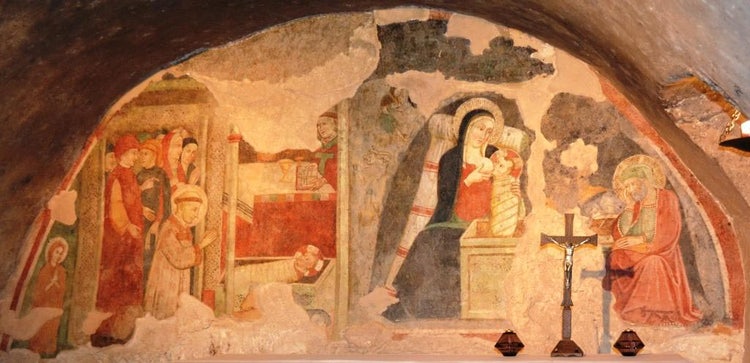
Yes, there is such a thing as Christian mythology—so-called “Christian” stories that “may” have started out accurately, but transformed over time into something quite different. In Peter Jackson’s film treatment of the Lord of the Rings trilogy by J.R.R. Tolkien, there is a great summary statement made by Galadriel as she narrates the beginning of the Fellowship of the Ring.
“History became legend. Legend became myth. And some things that should not have been forgotten, were lost.”
J.R.R. Tolkien, adapted
The traditional nativity story is strongly associated with the holiday we call Christmas. To hundreds of millions of people, both Christian and non-Christian, believer and non-believer, Christmas and the birth of Christ are one in the same—synonymous—identical. As a matter of fact, what most of us think we know about the birth of Christ tends to come from “Christmas” related sources such as Christmas cards, Christmas carols, manger scenes, and of course, the ubiquitous children’s Christmas pageant with its live manger scene, as opposed to unbiased investigative research. But the association between Jesus’ birth and “Christmas” is a non-starter—they actually have absolutely nothing to do with each other. Yes, to a degree the traditions developed in parallel over the centuries—but that it precisely the problem—divergent streams of knowledge became syncretized. The more Jesus’ birth became associated with Christmas the more we tended to look backwards through history, and at the biblical record, through a Christmas colored viewfinder. Much of the “Christmas Story,” and the so-called “First Christmas,” comes from a twisted form of reverse engineering that artificially introduces “Christian” concepts that developed much later backwards into the biblical narrative. But the nativity is not a Christian story—it is a Jewish story.

Joseph, Mary and Jesus were not Christians—they were Jews, and everything they would have done would have attested to that fact. Joseph’s family was Jewish. Mary’s family was Jewish. They were traveling to their ancestral hometown because they were descended from Jewish royalty. And Jesus’ birth takes place on a Jewish holy day. Joseph and Mary’s betrothal and marriage (betrothal and nuptials) were patently Jewish events. And it is precisely this Jewishness that gives the real nativity story depth and meaning. The traditional nativity story is based on demonstrably false extra-biblical sources and traditions and is therefore in effect Christian mythology that repeatedly and consistently violates, distorts, and ignores Jewish laws and customs.

My intentions however, both at the beginning of this quest as well as today, are not to be iconoclastic. My intention has always been to simply tell the story as it would have happened. It’s what I discovered along the way that was life changing. I never dreamed that I would discover that the traditional story is so wrong on so many levels. Frankly, I was shocked. Mistakes happen to be sure, and when mistakes are repeated we can fall into a rut that is hard to escape—but escape is usually possible provided one wants to. Plus there is the ritual component. Rituals are good things when executed properly—to remind us of things that are important and truthful—things that should not be forgotten. But when a ritual becomes a ritual for its own sake and neglects or distorts the truth it was once based on—this is another situation altogether.
I was also surprised at just how amazing the real story is, both on a micro scale—Mary and Joseph’s betrothal, marriage, and journey to Bethlehem for example. As well as the macro—the size of the Parthian Magi’s entourage and the international political implications of their visit to Herod and “he who is born king of the Jews”.
The bottom line is that the nativity simply doesn’t look like we think it does.
And there is so much more. It is my hope that God Save the King, will provoke you to discover the true story of the earthly beginnings of the Yeshua ben Yosef, ben David, the Mashiach Nagid, the King of Israel and the Kingdom of Heaven.
- I believe the accurate birthdate for Jesus of Nazareth is knowable from scripture, history, and astronomy, but that the date must be discovered, often quite literally, by using the same methods one would use to solve a crime (a cold case). Therefore the date of Jesus’ birth is neither explicit nor implicit is scripture, but rather, cryptic.
- Positive evidence. “Direct evidence. Direct proof of the fact or point in issue; evidence, which, if believed, establishes the truth or falsehood of a fact in issue, and does not arise from any presumption. It is distinguished from circumstantial evidence.” [Black’s Law Dictionary, 5th Edition, West Publishing Co., St. Paul, MN, © 1979. P. 1046.
- Prima facie. Latin for “on its face,” or “at first look,” refers to the legal precedent that “good and sufficient [positive] evidence” must be provided to move the case forward. For example, successful prima facie evidence presented to a grand jury results in an indictment, and the case moves forward. See, prima facie, prima facie case, prima facie evidence. Black’s Law Dictionary, 5th Edition, West Publishing Co., St. Paul, MN, © 1979. P.1071.